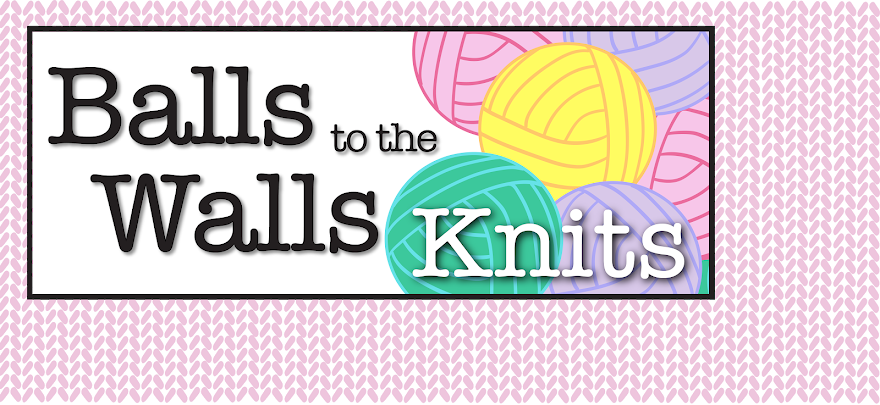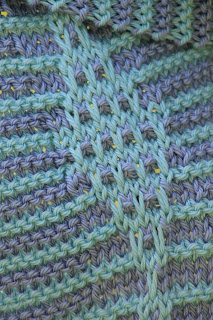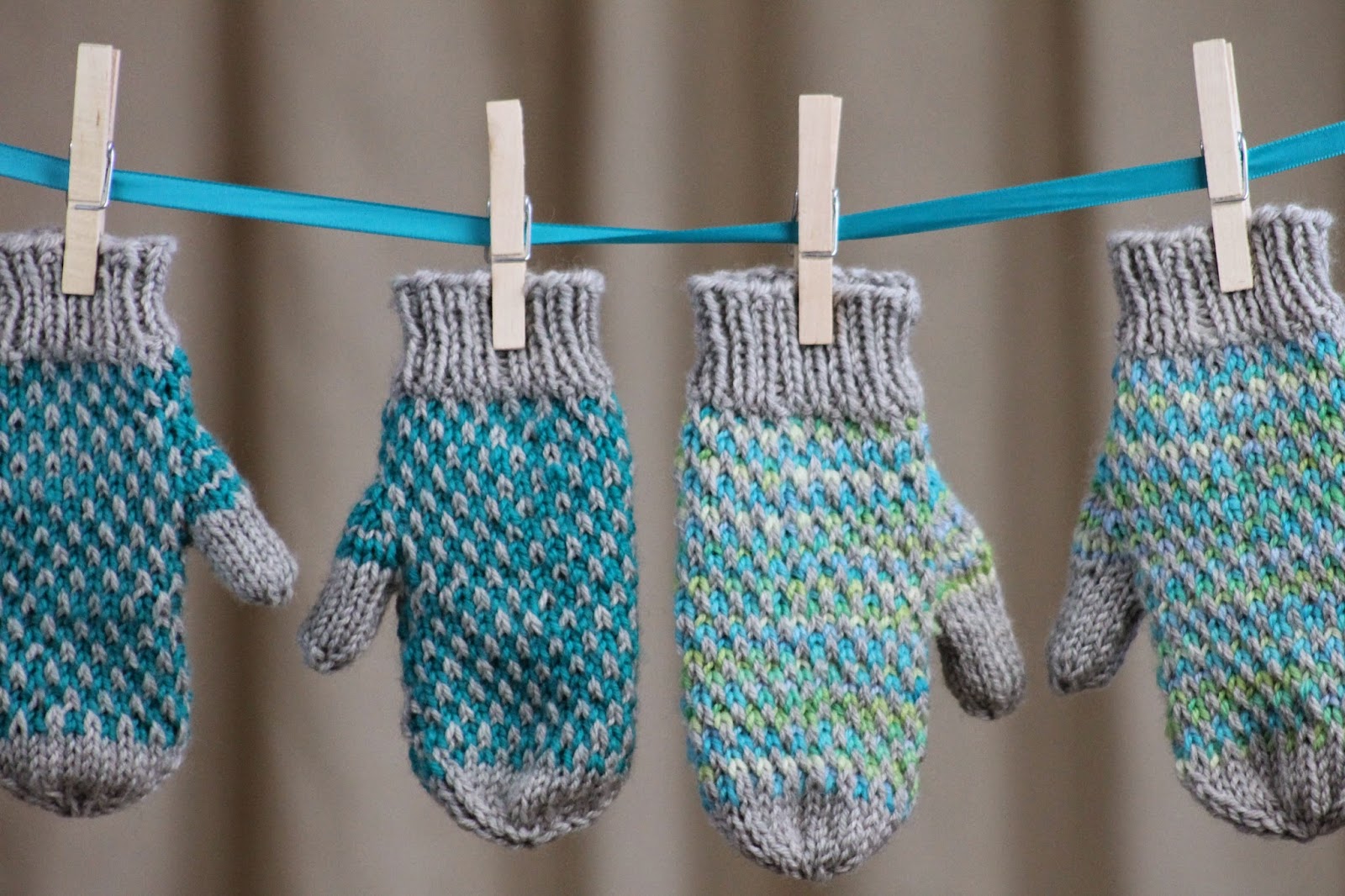 |
| Fun Lance Hat |
Yes, the title of this pattern is a bit tongue-in-cheek. In fact, I named it for my brother-in-law, Lance, who was sad to discover that the Fan Lace Hat was not actually called the Fun Lance Hat, as he initially thought. But since I'm sending him this bad boy for the upcoming winter, I thought it would be a perfect name for this attractive, unisex hat. A word of warning, however - this hat may be less fun to knit than it is to wear if you're not handy with a cable needle, since you'll be cabling every other row. On the flip side, that just gives you an opportunity to learn to cable without a cable needle, if you're ready to pick up a new skill!
Yarn: Malabrigo Rios (100% Merino Superwash; 210 yards [192 meters]/100 grams); #43 Plomo - one skein
 |
| The finish. It's handsome, no? |
Notions: Tapestry needle, stitch marker
Gauge: 20 stitches = 4 inches on size 7 needles
So let's make a fun (and fancy) Lance hat, shall we? To get started, then, using your size US 5 circular needle, cast on 112 stitches, place marker, and join in round. Then we'll knit some ribbing rows as follows:
Ribbing Row: * (p2, k2) three times, p2; rep from *
Knit this ribbing row 8 times. Then, switch to your size 7 circular needle, and we'll begin the main pattern, which includes panels of Wave of Honey Stitch from page 272 of Barbara G. Walker's A Treasury of Knitting Patterns. To work it, we'll use the following notation:
front cross (fc): slip 1 stitch to cn and hold in front; k1; k1 from cn
















































